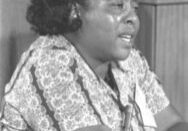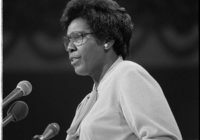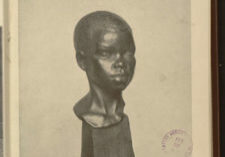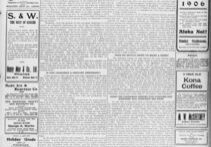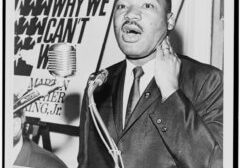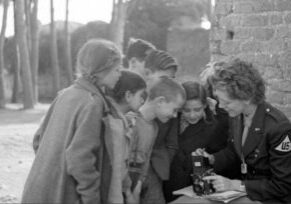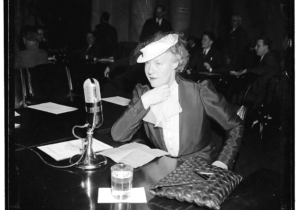Lesson Plans
Voice of Freedom: Fannie Lou Hamer
Pair the picture book, Voice of Freedom: Fannie Lou Hamer, with primary sources to deepen student understanding of Jim Crow laws and the struggle for civil rights, in general, and voting rights, in particular. After, students can investigate current voting laws in their state.
Sit-In: How Four Friends Stood Up by Sitting Down
Pair the picture book, Sit-In: How Four Friends Stood Up by Sitting Down, with primary sources to have students practice close reading, build vocabulary, and investigate the civil rights movement in the context of the Greensboro sit-ins. After, students may share, in words or pictures, an example of how they have stood up for a cause they believe in.
Diana’s White House Garden
Pair the picture book, Diana’s White House Garden, with primary sources to strengthen student vocabulary and word choice skills while investigating the purposes of World War II victory gardens. After, students can share, in words or pictures, an example of a community coming together for the greater good.
The Brownies’ Book: I Am an American Citizen
Students analyze an issue of the Brownies' Book to investigate its historical significance and explore how the theme of American citizenship was presented to children back then and could be represented to youth of today.
Chinese Citizenship in Hawaii
Students analyze early 19th-century arguments against citizenship for Chinese immigrants to Hawaii and one journalist's rebuttal to that "defense", then investigate arguments for and against an immigrant group in America today and compare the historical and contemporary debates.
Why We Can’t . . .
Students investigate how a powerful slogan was used by civil rights leader Martin Luther King, Jr. and consider how it might be applicable to a contemporary issue.
